In the world of architecture and design, stone facades have long been revered for their timeless appeal and durability. Among the many elements that make up a stone facade, corners play a crucial role in ensuring structural integrity while adding a touch of visual allure. This article aims to provide a comprehensive guide to stone facade corners, exploring their significance, types, installation methods, and maintenance practices. 1. Significance of Stone Facade Corners: Stone facade corners are critical in lending strength and stability to a structure. Serving as transition points between two intersecting walls, corners distribute forces evenly, preventing cracks and ensuring longevity. Additionally, they contribute to the aesthetic appeal of a building, often defining its character and enhancing its overall beauty.

.
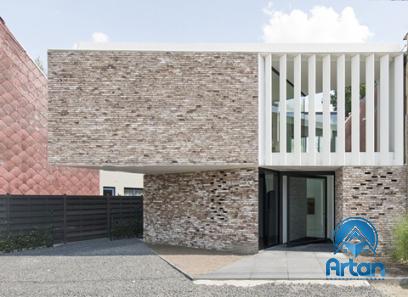 2. Types of Stone Facade Corners: a. Mitred Corners: Mitred corners involve cutting the stones at 45-degree angles, achieving a seamless juncture between adjacent walls. This technique is commonly used for both exterior and interior stone facades, offering a clean, modern aesthetic. b. Quoin Corners: Quoin corners are formed by utilizing larger, more visually impactful stones at the building’s corners. This technique adds a distinct architectural feature, providing a sense of grandeur and strength. c. Pediment Corners: Pediment corners utilize intricate carvings or decorative elements to frame the building’s corners, exemplifying elegance and sophistication. These corners are often seen in neoclassical and Georgian architectural styles.
2. Types of Stone Facade Corners: a. Mitred Corners: Mitred corners involve cutting the stones at 45-degree angles, achieving a seamless juncture between adjacent walls. This technique is commonly used for both exterior and interior stone facades, offering a clean, modern aesthetic. b. Quoin Corners: Quoin corners are formed by utilizing larger, more visually impactful stones at the building’s corners. This technique adds a distinct architectural feature, providing a sense of grandeur and strength. c. Pediment Corners: Pediment corners utilize intricate carvings or decorative elements to frame the building’s corners, exemplifying elegance and sophistication. These corners are often seen in neoclassical and Georgian architectural styles.
..
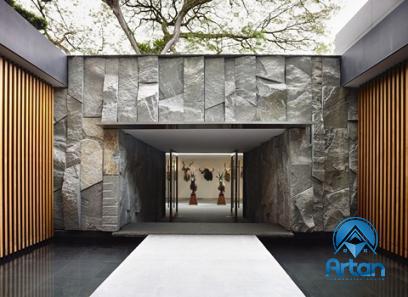 3. Installation Methods: Proper installation of stone façade corners is crucial to maintaining their integrity. Here are a few essential steps to ensure a successful installation: a. Preparation: Adequate surface preparation, including cleaning and leveling, is vital to creating a solid foundation for the corner stones. b. Choosing the Right Mortar: Using the appropriate mortar, such as lime or Portland cement-based mortars, is essential for ensuring proper adhesion between the stones. c. Cutting and Fitting: Precise cutting and fitting of the corner stones ensure a secure and seamless connection between adjacent walls.
3. Installation Methods: Proper installation of stone façade corners is crucial to maintaining their integrity. Here are a few essential steps to ensure a successful installation: a. Preparation: Adequate surface preparation, including cleaning and leveling, is vital to creating a solid foundation for the corner stones. b. Choosing the Right Mortar: Using the appropriate mortar, such as lime or Portland cement-based mortars, is essential for ensuring proper adhesion between the stones. c. Cutting and Fitting: Precise cutting and fitting of the corner stones ensure a secure and seamless connection between adjacent walls.
…
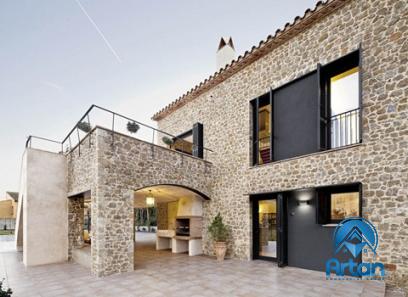 4. Maintenance Practices: To keep stone facade corners in pristine condition over time, regular maintenance is essential. Here are a few maintenance practices to consider: a. Cleaning: Regularly clean the stone surface to remove dirt, moss, or other debris, using non-abrasive cleaners specifically designed for stone. b. Sealing: Apply a high-quality stone sealer to protect against water penetration, frost damage, and staining. c. Inspections: Periodically inspect the corners for any signs of cracks, damage, or mortar deterioration. Promptly address any issues to prevent further damage. Conclusion: Stone facade corners not only provide structural stability but also showcase the beauty and craftsmanship of a building. By choosing the appropriate corner style and executing proper installation and maintenance practices, architects, designers, and builders can create stone facades that endure the test of time while exuding elegance and charm. Embracing the importance of stone facade corners paves the way for outstanding architectural design and durable construction.
4. Maintenance Practices: To keep stone facade corners in pristine condition over time, regular maintenance is essential. Here are a few maintenance practices to consider: a. Cleaning: Regularly clean the stone surface to remove dirt, moss, or other debris, using non-abrasive cleaners specifically designed for stone. b. Sealing: Apply a high-quality stone sealer to protect against water penetration, frost damage, and staining. c. Inspections: Periodically inspect the corners for any signs of cracks, damage, or mortar deterioration. Promptly address any issues to prevent further damage. Conclusion: Stone facade corners not only provide structural stability but also showcase the beauty and craftsmanship of a building. By choosing the appropriate corner style and executing proper installation and maintenance practices, architects, designers, and builders can create stone facades that endure the test of time while exuding elegance and charm. Embracing the importance of stone facade corners paves the way for outstanding architectural design and durable construction.
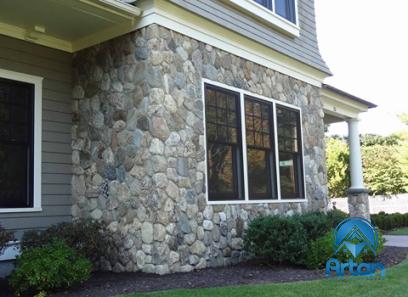
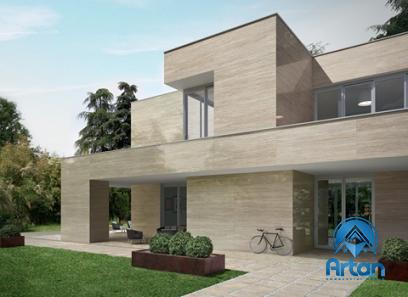
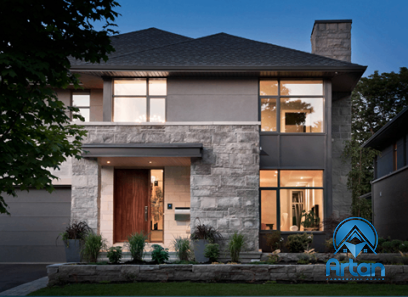

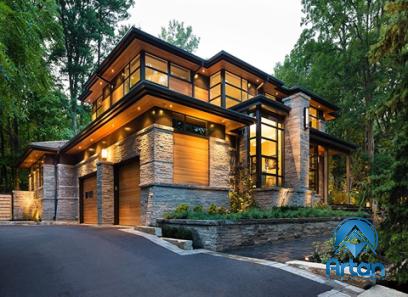
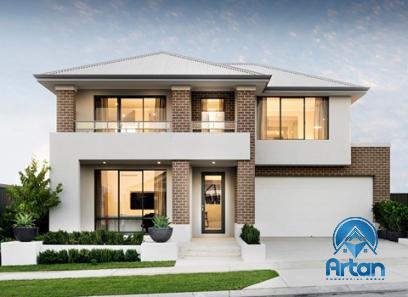
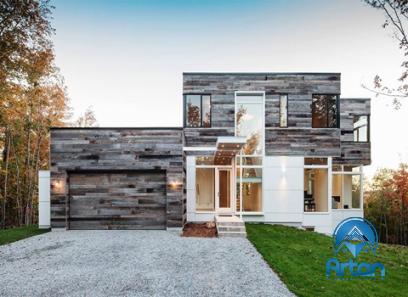
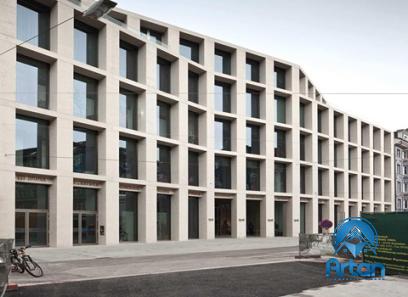
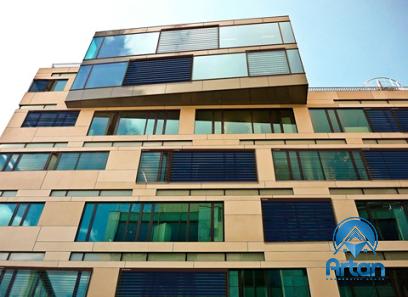
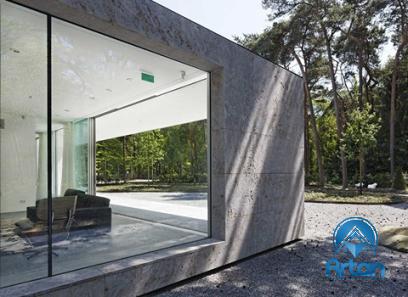
Your comment submitted.